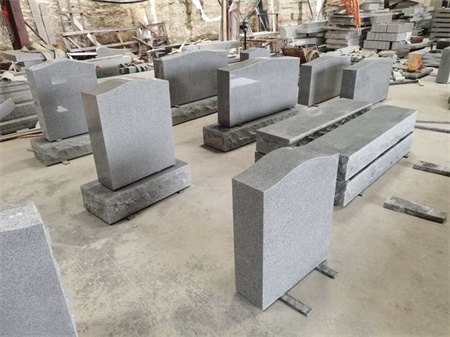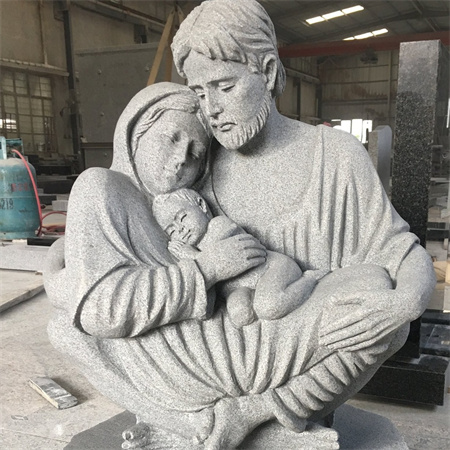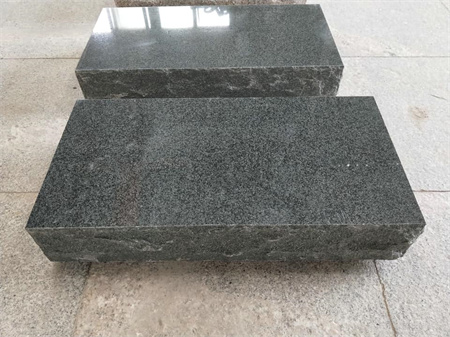How to Choose the Right Durable Granite for Tombstones

How to Choose the Right Durable Granite for Tombstones
Choosing the right granite for tombstones is a significant decision, one that combines aesthetic appeal with durability. Whether you’re a cemetery looking to offer the best options to families or a monument dealer searching for the ideal granite to stock, understanding the nuances of granite types and their characteristics can help you make an informed choice.
Understanding Granite’s Role in Memorials
Granite is the preferred material for tombstones and memorials due to its exceptional durability and timeless beauty. It is a natural stone that can withstand various weather conditions, making it ideal for preserving memories over generations. But not all granite is created equal. Factors such as color, texture, and grain patterns can vary widely, impacting both the appearance and longevity of the monument.
1. Types of Granite
Granite used for headstones typically falls into several categories, each with distinct characteristics.
– Blue Granite: Known for its striking blue hues, this granite adds a serene and elegant touch to memorials. It is often used for high-end monuments and is renowned for its durability.
– Black Granite: A popular choice for its classic and refined appearance, black granite offers a dramatic contrast to inscriptions and is highly resistant to weathering.
– Gray Granite: This versatile granite comes in various shades of gray, providing a more subtle and traditional look. It is durable and complements a range of engraving styles.
– Red Granite: Red granite stands out for its vibrant color and is often chosen for its bold, eye-catching appeal. It can be a great choice for monuments that aim to make a strong statement.

Durability is crucial for tombstones, as they need to withstand the elements for decades. When evaluating granite for memorials, consider the following:
– Hardness: Granite’s hardness is a key indicator of its durability. The harder the granite, the better it can resist wear and tear from weather conditions and environmental factors.
– Porosity: Less porous granite is less likely to absorb moisture, reducing the risk of damage from freeze-thaw cycles. Low porosity also means less maintenance over time.
– Weather Resistance: Choose granite that has been tested for weather resistance. Granite sourced from regions with harsh climates is often a good choice, as it is more likely to withstand varying weather conditions.
3. Color and Finish Options
The color and finish of granite can greatly affect the final look of the monument.
– Polished Finish: A high-gloss, polished finish enhances the granite’s natural color and provides a sleek, modern appearance. It also makes engravings more visible.
– Honed Finish: A honed finish offers a matte appearance and is less reflective than polished granite. It provides a more subtle look and is less prone to showing scratches.
– Sandblasted Finish: This textured finish can give the granite a more rugged appearance, often used for a more traditional or rustic look.
4. Engraving and Customization
Granite’s suitability for engraving is another important factor. Most granites allow for detailed and intricate inscriptions, but the ease of engraving can vary. Lighter-colored granites often provide better contrast for text and designs, while darker granites may require more precision.
5. Sourcing Granite from China
When sourcing granite from China, it’s essential to consider the reputation of the supplier and the quality of their products. Chinese granite is renowned for its quality and variety, but working with established suppliers ensures that you receive consistent and reliable products. Check for certifications and ask for samples to verify the granite’s suitability for your needs.

Building a strong relationship with your granite supplier can make the process smoother. Clear communication about your needs, such as specific types of granite, colors, and finishes, will help ensure that you receive the right products. Reliable suppliers will provide detailed information about their granite, including its origin, characteristics, and maintenance requirements.
7. Cost Considerations
Granite pricing can vary widely depending on the type, color, and finish. Typically, more exotic or rare colors come at a higher price. Balancing cost with the desired quality and durability will help you make an informed decision.
Conclusion

In summary, when selecting granite for tombstones, prioritize durability, aesthetic appeal, and reliability. By working closely with reputable suppliers and understanding the qualities of different granites, you can offer memorials that honor loved ones beautifully and enduringly.